After a stretch working solely on licensed characters, I was excited to see Kyle Higgins write new titles for Image and they blew even my high expectations away. Hadrian’s Wall and The Dead Hand complimented one another, both related to the Cold War but framed to best utilize Rod Reis and Stephen Mooney’s distinct art styles. I had a great time chatting with Kyle Higgins about his approach to storytelling for those titles, collaborating with Rod on Winter Soldier for Marvel, and taking on the editor role ifor the first time with Self/Made, his first time editing a comic instead of writing it. Read our discussion below.
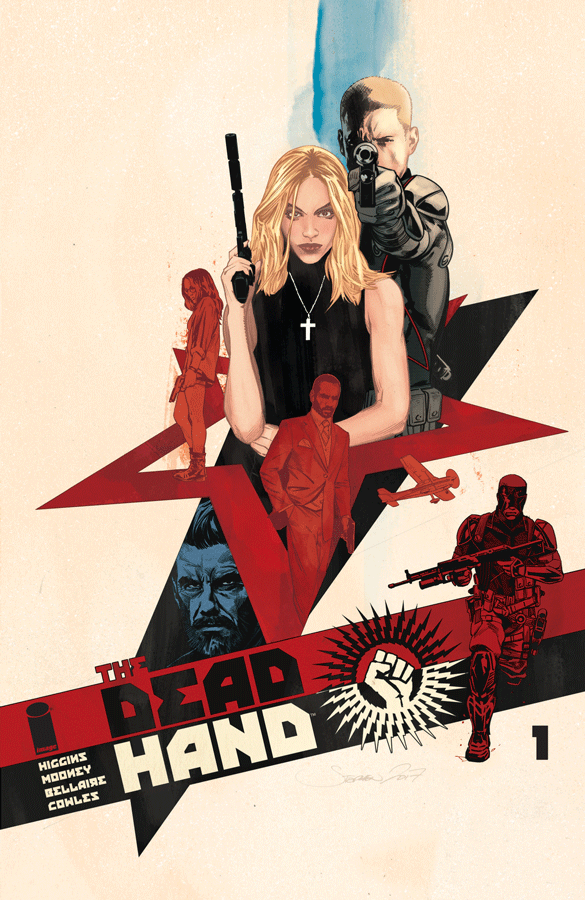
Matt O’Keefe: This interview was a great excuse to go read Hadrian’s Wall and The Dead Hand, and they were fantastic. I could tell reading them how carefully they’re structured. Is that something you focus on in your writing?
Kyle Higgins: Yeah I’m pretty obsessive about structure, about pacing. [Whatever medium I write in] it’s important to figure out how to write to its strengths. A lot of people think comic scripts are direct correlations to screenplays. But it’s not like that at all, it’s not a feature just translated into comic book form with chapter breaks.
I’m very much of the mind of tackling each project individually. With comics, it’s about figuring out where those page turn reveals are, where those issue breaks are when the audience is learning information, and how to take advantage of what you can only do in comics.
MO: I notice that especially in what you write for Rod Reis to draw. He can do things with his art that no one else can in comics. You clearly take advantage of that, especially with Edward’s ghost haunting Simon.
KH: Thanks. I mean, Rod’s got a fantastic skill set and so does Stephen (Mooney). I write differently for each of them.
Stephen has a more kind of bombastic action-oriented style so that affects how I write The Dead Hand. Rod has a much more impressionistic style that lends itself to surrealism.
If you look at The Dead Hand and Hadrian’s Wall you can see how each book handles surrealist [elements of the story] differently.
The Dead Hand gives a much more straightforward representation of Roger’s point of view, with the artificial intelligence appearing like a 10-year-old boy because that’s its comprehension level.
Meanwhile, Edward’s hallucinations in Hadrian’s Wall are very impressionistic [when Rod changes the color palette]. Those two different approaches to the same type of material, and I keep that in mind as I’m as I’m breaking the story so I’m hopefully playing to each artist’s strength.

MO: You said you don’t do breakdowns for either artist. I’m surprised that’s the case for The Dead Hand, given recurring elements like the double page spreads spotlighting different characters and the amazing cliffhangers at the end of each issue.
KH: Oh, those are structured. (laughs) What I mean is on each page I’m not typically adding panel breakdowns.
[In the script] I write all the dialogue, giving important beats [such as] where I want like a silent reaction panel. I sometimes break down the action very specifically, but a lot of times Stephen choreographs the scenes himself. I’ve never worked like that before, but when you have someone who’s as fantastic a storyteller as Stephen is there’s a lot of trust there.
A lot of times I’ll write dialogue and voiceover after the fact. Once the art is done I’ll stitch things together thematically, but the page reveals and cliffhangers are all very much figured out ahead of time.
MO: You mentioned the action. Jordie Bellaire is so good at working with an artist to capture a sense of energy thanks to how she changes her color palette between scenes.
KH: Yeah, Jordie is amazing. This is the first book of mine she’s colored the interiors for. We’ve known each other for years socially and she’s colored the covers on books I wrote. We met when she colored Sean Murphy’s cover for Batman Beyond and we stayed in touch over the years.
So getting the opportunity to work with her on interiors along with Stephen was a real godsend. Jordie has the best palette in comics, bar none. What’s really cool, though, is for this book, in particular, each [member of the] creative team set out to do something that was bold and different. The way I wrote the series was very out of my wheelhouse, probably the closest to a novelistic approach I’ll ever take. I used a lot of voiceover to guide readers across the narrative into little interstitials and segues and then bring it all back together.
I tend not to write much narration, I just don’t think I’m very good at it. It doesn’t come naturally to me since I come from screenwriting. But I wanted to do something outside my wheelhouse and go really bold. Stephen was the same way, [experimenting] with how he rendered things and structured the double page spreads that introduce the characters.
And Jordie came in wanting to do the flashbacks in a very particular style, and her action has a great pop [art] feel. The stuff with Ellis takes on this whole new aesthetic. The inks look great on their own but Jordie’s colors take it into a different territory. Again, it was all of us trying to do something different and make this book really stand apart from not only what else is on comic shelves but from espionage [fiction] in general.
MO: I viewed the narration and those double page spreads as a way to open up the rest of the book, taking a deep look at the characters in just a few pages and then decompressing and letting Stephen and Jordie do their thing. Was that on your mind writing the series?
KH: Yeah. We did a double page spread of Carter depicting his growing level of cynicism working his missions back in the day. I loved the montage style that Stephen used for it, I’d never seen him do anything like that before, and we made a choice to carry that through to future issues.
Down the line, he drew the spread for Ellis before I’d written anything, so I went in and wrote Ellis’ backstory to the art. I felt confident enough as a writer that I could stitch things together thematically through the voiceover and, like you just said, we were able to open things up and experiment.
Steven never showed me layouts. If anything needed changing he was happy to go in and make adjustments, but 99% of the time the pages he sent in are what we went with. It’s a different way of working. As I said, we wanted to try to do something different the whole way through.
MO: Yeah, that sounds like a very unique collaboration. Is that something you can only achieve on a creator-owned series? I imagine it’s more difficult to use that kind of approach when making a monthly superhero comic.
KH: I’ve never worked on a Big 2 book where the artists don’t turn in layouts first. It may happen, but not on any books I wrote.
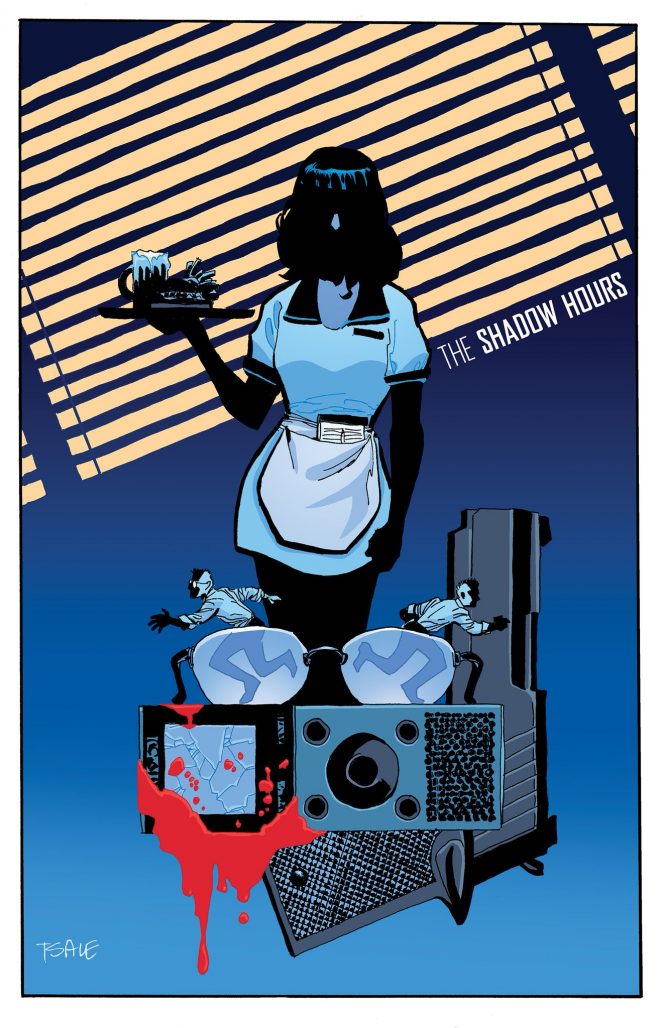
MO: Are you working on anything in film and TV right now?
KH: I just received an offer to write and direct something so I’m in negotiations for that, and there’s another offer coming in today for something else.
Also, I wrote a feature for a movie named The Shadow Hours based on a short film I directed. So, we’re out with that right now, trying to find the right home. I’ve waited far too long to direct my first feature. Hopefully, I’ll be able to rectify that soon (laughs).
So yeah. There’s a lot up in the air right now but all good, all positive.
MO: How do you balance writing comics and doing movies?
KH: Well, to be totally honest, I haven’t done much in film and TV yet. I got started writing comics because of a film I directed and that was almost 10 years ago.
I received a lot of attention as a director at that time, signed with a big management company and agency and was up for some cool stuff. But the comic book career just kind of took off first, so that’s where I put my focus for many years. Only in the last couple of years have I made a concerted effort to get back to filmmaking, which is my true first love.
I still want to do comics. I have a lot of passion for them and, to be frank, that’s where my career is. But directing has always felt like my true calling. To this point, I haven’t had to [juggle much between directing and comics].
The creator-owned books I do are designed first and foremost to be really compelling comic books. I’m never doing a book so that I can flip the IP for film or TV. A quick Google search shows I’ve never optioned any of my work because I’m very, very selective about who I’m willing to work with and—depending on the property—the level of involvement I want to maintain. I’ve walked away from deals that didn’t feel right or because they didn’t want me to be involved. That’s not necessarily going to be the case with all my creator-owned work, there are some I would probably be okay with letting go of. But [a lot of my stories] are things I’d like to adapt myself.
Plus, in this market where everyone is out for IP, co-owning these books with my collaborators is definitely a nice piece of leverage for me as a filmmaker.
MO: Would directing a feature [leave you any time] to write monthly comics?
KH: Maybe, it depends on the project. Something like Power Rangers takes a lot of coordination with a larger notes process requiring more outlining and revisions whereas Winter Soldier is incredibly smooth, working only with editors Tom Breevort and Alanna Smith.
That’s not to say one is better than the other, they’re just different [ways of making comics] and one requires more of a time commitment day-to-day than the other. Then you juxtapose those against creator-owned books where the schedule’s entirely on me and as long as I deliver and we turn pages in, everything’s good.
It would be tough to write multiple books while also directing a feature, but I think up to two books would be doable, assuming I have enough lead time.
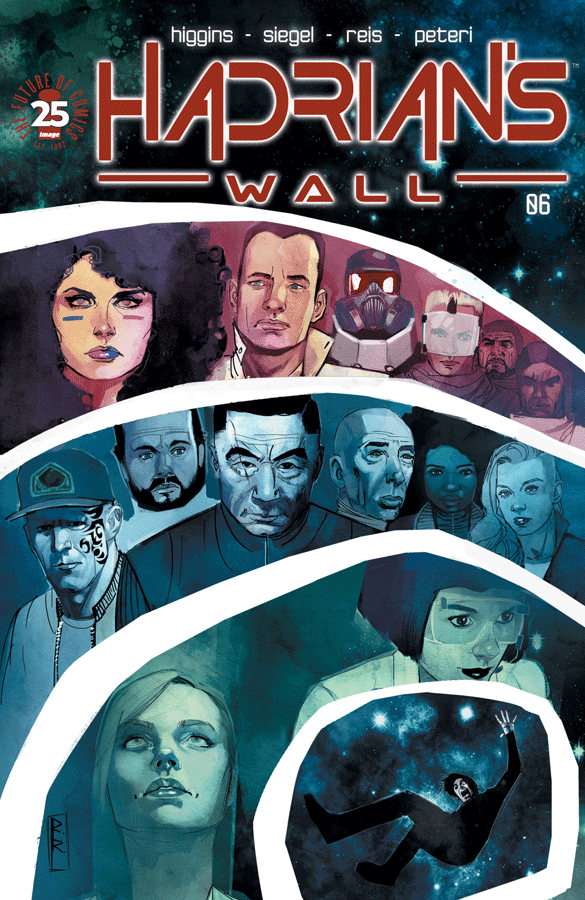
MO: Both your creator-owned projects involve the Cold War. Is that a subject you’re just fascinated by?
KH: Yeah. All three of my creator-owned books, now I think about it, involve the Cold War. C.O.W.L. takes place in 1962 Chicago and deals with some Soviet “villains.”
Hadrian’s Wall takes place in 2085 amidst a new Cold War which [has ties to] the original, making it the most directly related story I’ve written. I tend to really enjoy historical fiction though, and there’s something about setting a story that is slightly fantastical in an era that’s not the present day which makes the buy-in easier for audiences.
That’s not to say that you can’t do something fantastical in the modern day, but telling the story of a superhero labor union in 2018 would be very different in aesthetic and tone than telling the story of a superhero labor union in 1962, as we did in C.O.W.L. [Setting the story in the past] helped it feel a little bit more natural and less comical.
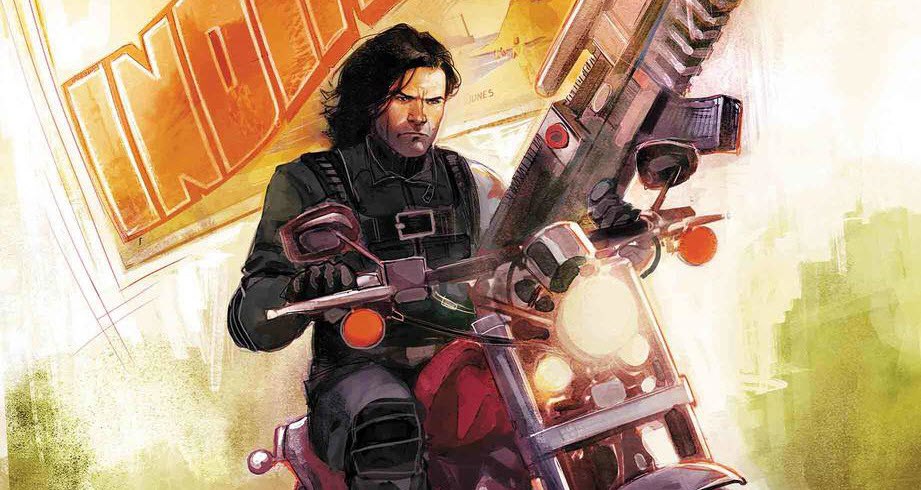
MO: It’s funny that even the Winter Soldier was a Russian soldier. Is that a coincidence or is there more to it than that?
KH: (Laughs) It’s not a coincidence, but only because I really like the character and pitched a Winter Soldier story to Marvel.
That all came about because while we were making Hadrian’s Wall, Nick Spencer and Tom Breevort reached out to Rod about doing pages for Nick’s Captain America which then became Secret Empire.
That was Rod’s first Big 2 work as an illustrator.
MO: That’s so crazy.
KH: Yeah. So we actually delayed the back half of Hadrian’s Wall so Rod could do those issues for Marvel because it was such a great opportunity for him.
Tom was actually my very first editor. Ten years ago, I pitched to him for about a year before landing an issue of Captain America. So to see Rod work with Marvel on Captain America under Tom was really exciting for all of us.
After Marvel got to see Rod’s stuff up close, he reached out to Tom and asked if he’d be open to a book from Rod and me. Tom was, so Rod and I talked about characters we really liked and the Winter Soldier is one of our favorites. I tend to really enjoy secondary characters like him and Nightwing, legacy characters [attempting to] get out from under a shadow and finding their own way in life.
Those identity issues don’t necessarily have to be related to their time as sidekicks, which is why I love the Winter Soldier so much. What makes him interesting as a character now has very little to do with the fact that he used to be Bucky. He was a weapon being brainwashed by the enemy for like 60 years and kept in a cryogenic state. That’s fascinating and very little of that has to do with the fact that he was Captain America’s sidekick.
MO: Yeah. The Winter Soldier in the second Captain America movie worked great even though that James Barnes was never in a costume in World War 2.
KH: Yeah, the emotional drama is that he’s Steve’s friend. And in the comics, the fact that he was Bucky informs him as a character but it doesn’t define him.
While writing Nightwing I would often point to the Winter Soldier as the gold standard for what you can do with a former sidekick, building on a world that is unique and specific to them that isn’t defined by their relationship with their mentor. The relationship is informed by his friendship with Cap, but it’s not defined by it.
Rod was all on board to do Winter Soldier after having worked in that Soviet aesthetic in C.O.W.L. and Hadrian’s Wall. That said, we pitched to Tom that we not go to the Soviet well. It’s the natural story thread to pull on, but I felt like the redemption story has already been told by Ed [Brubaker] and Steve Epting, Butch Guice, and other artists.
Bucky got his memories back, he became Captain America, he spent time in the Gulag, he died to save the world. He’s found redemption [already]. So what do you do with a character like that going forward? How do you take their pain and life experience and apply it in a positive way?
[In my and Rod’s story] he runs something akin to a WitSec program, helping others to leave lives of evil they’re trying to escape, letting them find the redemption he found. So there’s actually very little related to the Cold War. Funnily enough, our run on Winter Soldier is going to be the least Cold War-influenced book that Rod and I have done together.
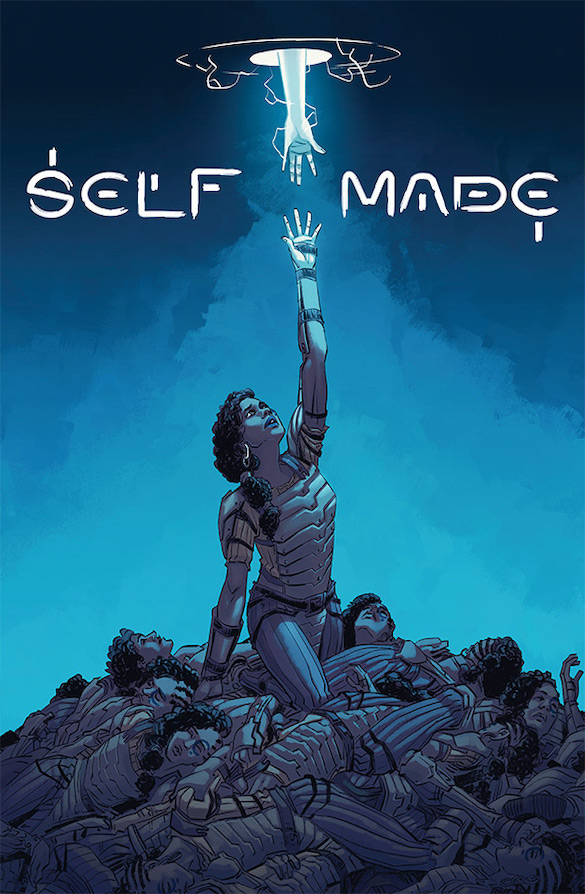
MO: I don’t expect any specifics, but are there any projects you’re working on that haven’t been announced yet?
KH: There are, but nothing I can talk about. There is one other project to touch on, though. I’m editing a new book at Image called Self/Made, my first time working as an editor. It’s a book I really believe in. The writer, Mat Groom, is a good friend of mine. We’ve spoken pretty much every day for the last couple of years.
He’s a copywriter by day and a very, very talented storyteller. He and his friend Michael Busuttil have been fantastic sounding boards throughout my Power Rangers run. Actually, that’s how we first met—through their Power Rangers podcast. They both became invaluable resources behind the scenes for me to bounce ideas off of and talk through things with.
Mat had this idea for a creator-owned book that I told him he should write the first issue for. I really, really liked it and offered to edit the series, meaning I would take the script, find an artist to draw 5-7 pages for a sample, and show it to different publishers. That’s different from just telling a publisher, “Hey, you should look at my friend’s book. I felt like, this way, I would be able to approach publishers and make it clear how much I believe in the project, as I’d be shepherding it the series, ensuring everything runs smoothly, while also giving creative oversight where necessary. Eric Stephenson looked at the pitch and greenlit the book pretty much on the spot.
It’s a really cool series that focuses on the relationship between a creation and their creator. They become disillusioned with each other and go off in search of the creator’s creator, so the story becomes this crazy quest for some semblance of “God.” It takes place in a variety of genres. The first issue has a lot of high fantasy to it, the second issue involves some very interesting sci-fi worlds. It’s a really unique story, and I could not be more excited to help in even a small way to launch a new creative team’s first endeavor.
You can follow Kyle on Twitter @KyleDHiggins. Check out his fantastic short film The Shadow Hours free on YouTube, and keep your eye out for Winter Soldier and future projects.
Matt Chats is an interview series featuring discussions with a creator or player in comics, diving deep into industry, process, and creative topics. Find its author, Matt O’Keefe, on Twitter and Tumblr. Email him with questions, comments, complaints, or whatever else is on your mind at [email protected].


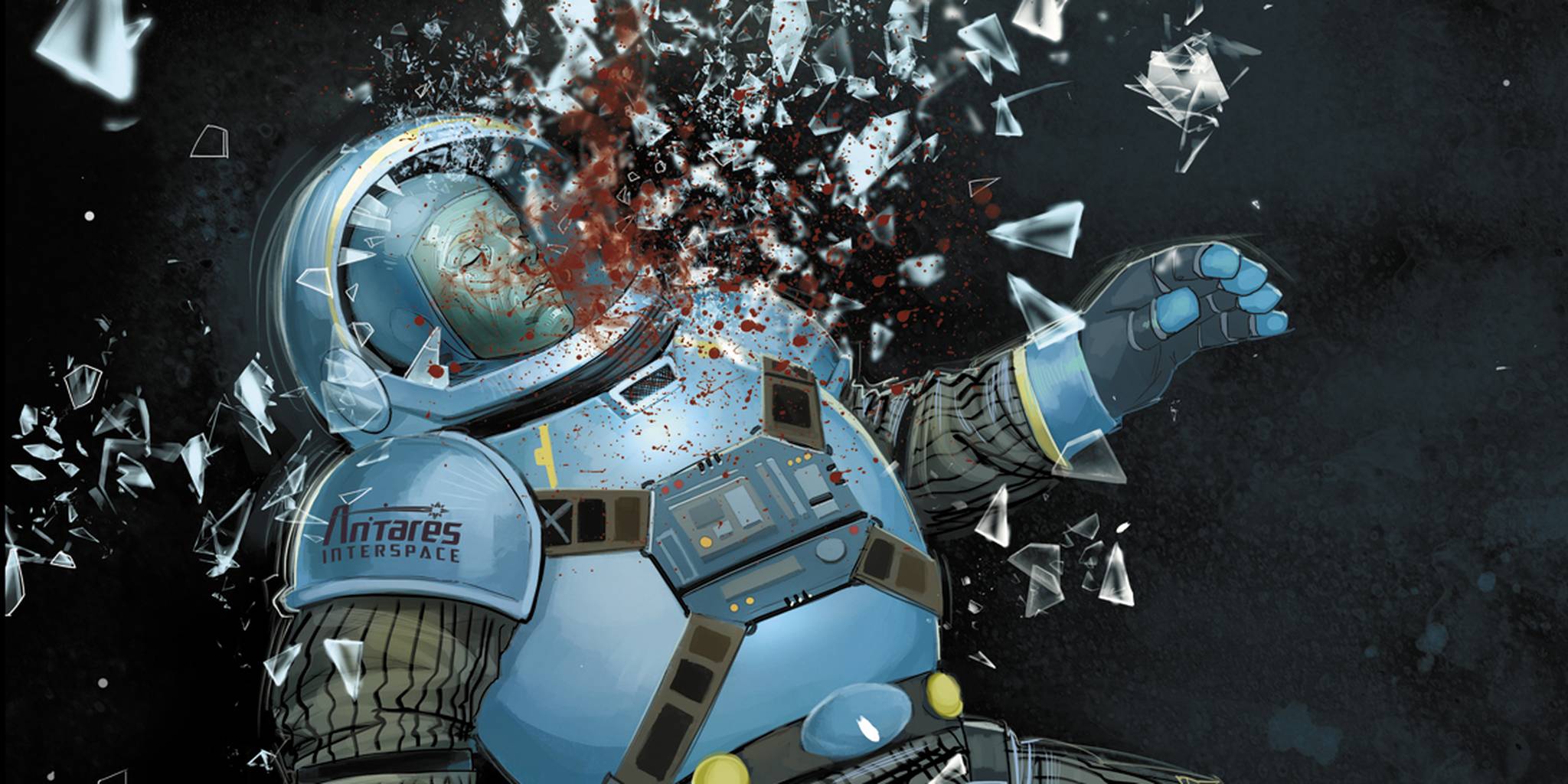
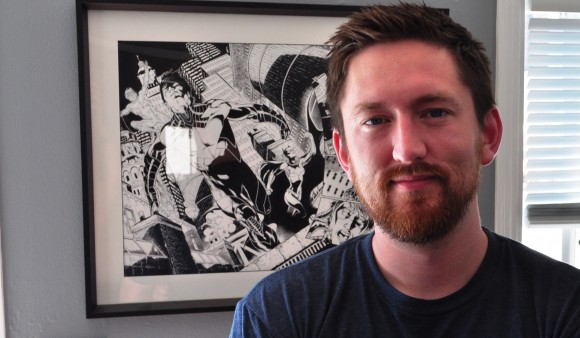
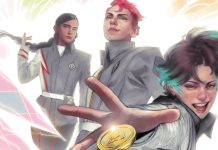

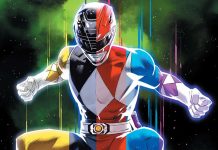
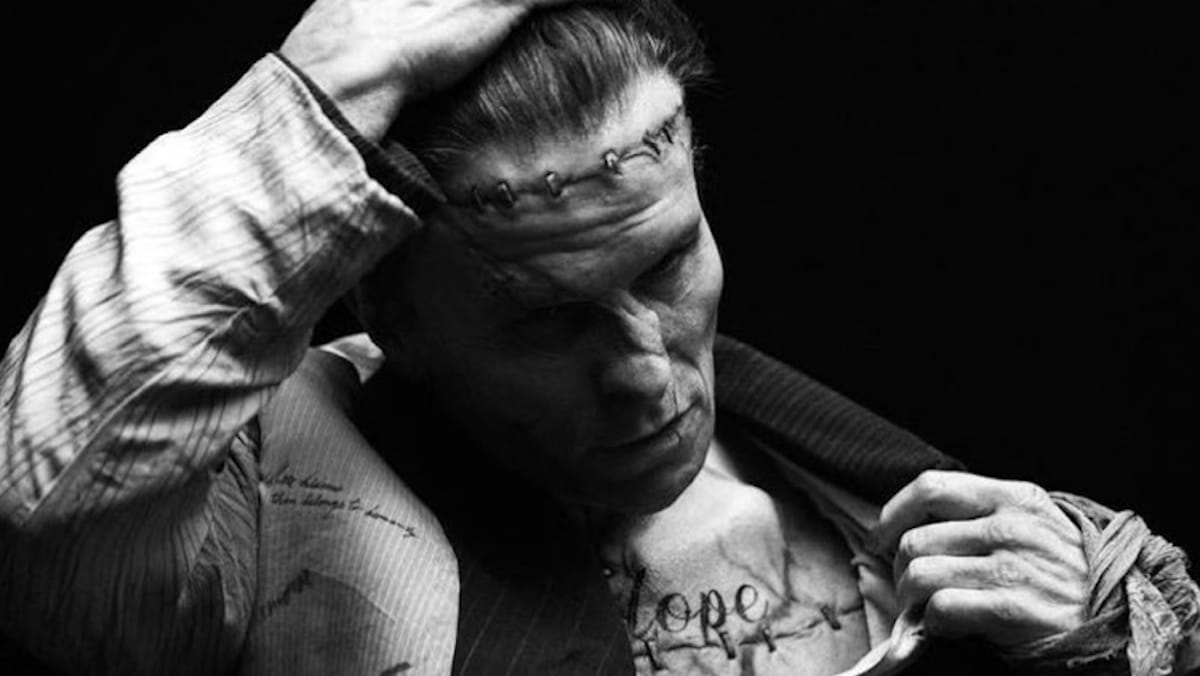


Comments are closed.